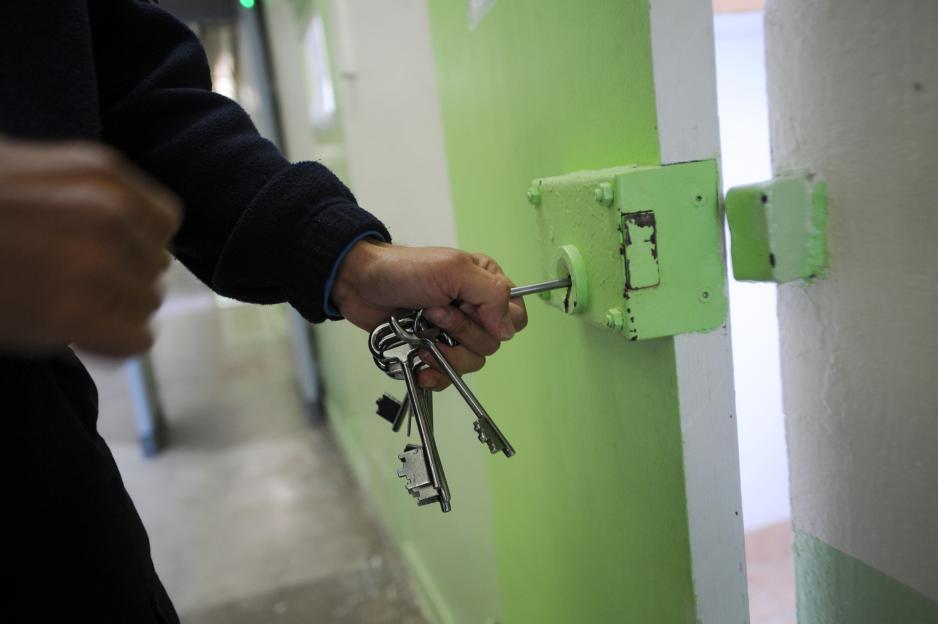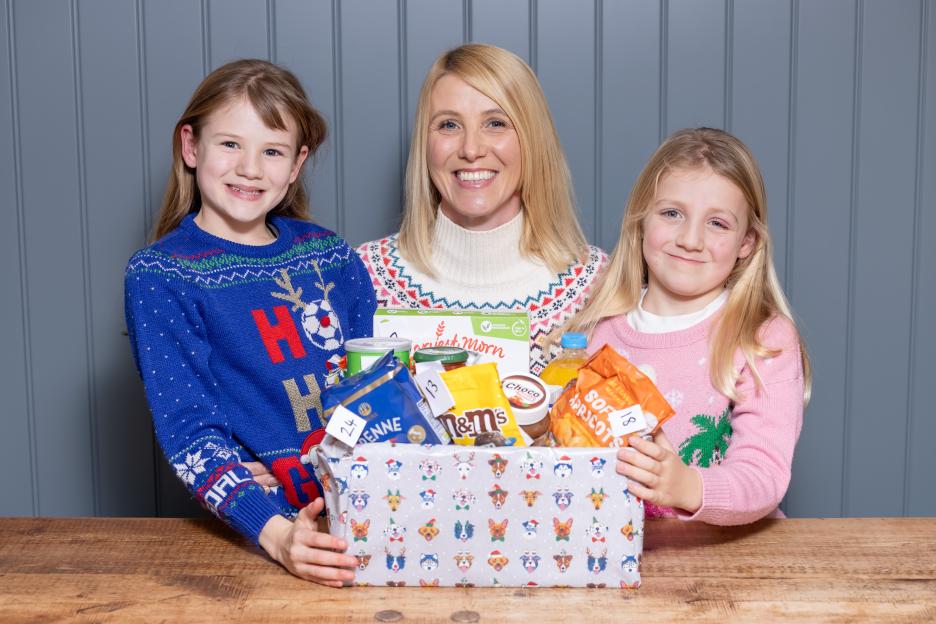A MOTHER and her newborn baby died within hours of each other in a tragic home birth leaving the father heartbroken, an inquest has heard.
Rob Cahill recounted details of his wife and baby’s death after a home birth which he stated “we never heard the risks” of.
 Jennifer (Jen) Cahill, 34, gave birth to her second baby Agnes last year
Jennifer (Jen) Cahill, 34, gave birth to her second baby Agnes last year
 Jen met her husband, Rob, while she was studying in her final year at the University of Manchester in 2011
Jen met her husband, Rob, while she was studying in her final year at the University of Manchester in 2011
Jennifer Cahill, 34, never got to hold her “beautiful” baby Agnes after giving on June 3, 2024.
She tragically died the day after her second baby, Agnes, was born who sadly only lived for four days.
Husband Rob told an inquest of the moment he called 999 around 6.45am from the couple’s home on June 3 after Agnes was born unresponsive.
And the newborn was unable to be revived by the nurse’s attempts to resuscitate her so Rob went to the hospital with Agnes.
It was only later he learned his wife was also being rushed to hospital following complications she suffered while giving birth.
Rob said: “We held Agnes’ first and only birthday party as she neared the end.
“I held her and told her how much her mummy and brother loved her, and I said goodbye.
“When I think of Agnes, I’m just happy I got to spend any time with her at all, after everything that happened that week – she was our comfort, and I’ll never forget that.”
The couple’s choice to carry out a home birth has been described as “out of guidance” and “against advice” by hospital trust staff.
This is due to concerns that came from the birth of the Cahill’s first child.
However, Rob believes the words “out of guidance” and “against advise” were never directly said to the couple during their pregnancy.
He said: “I never heard that terminology until after the event.”
Otherwise, Rob suggests they may have decided differently on the birth.
Community , Caroline Nixon, who saw Jen most regularly during her pregnancy with Agnes admitted in court that she should have made “an ‘out of guidance’ referral…to a senior midwife”.
During the birth of the couple’s first child Rudy in 2021, Jen suffered a postpartum haemorrhage.
Rudy was also a large baby which didn’t help.
She lost more than 800 ml of blood due to a and , requiring a
Jen was also a carrier of , which can spread to babies in delivery, and cause issues like
Rudy then suffered sepsis after he was born.
So when Jen was pregnant with her second baby, she was given an appointment with a consultant at , run by the Manchester University .
 Jen suffered a postpartum haemorrhage following the birth of her first child in 2021
Jen suffered a postpartum haemorrhage following the birth of her first child in 2021
Dr Rice came up with a treatment and delivery plan with Jen, which included advice “she should have a hospital birth”, the inquest heard.
It also meant she could receive a drip of medication that could prevent bleeding whilst delivering her placenta, with “active management”.
Ms Nixon also claims having discussed these risks with Jen during midwife appointments in December 2023.
But by February 2024, Jen had a different plan for the birth to be done at home.
Rob explained how Jen was finding the prospect of giving birth in hospital stressful after the “traumatic” events that happened from Rudy’s delivery.
She also felt a lack of midwife support during the first birth in hospital, her husband said, so two midwives at home could provide further assurances.
At home, Jen also felt she could have better control of her surroundings, being a calmer and more familiar environment.
Ms Nixon suggests she followed trust policy by referring Jen to a doctor – Dr El-Adwan – as a high risk mother requesting a home birth.
It would mean she would have injections instead of a drip, and have an increased risk of time spent transferring to hospital if a complication were to arise.
The midwife said Jen still intended to have a home birth even after speaking to the doctor, so she continued to “review the risks and plan with her” although never specifically stating the home birth was against medical advise.
When Coronore Joanne Kearsley asked Ms Nixon why, she said: “We were told we had to respect women’s choices” in hospital trust training.
“All community midwives were concerned about high risk ladies having home births. That’s not what we were trained for. We were trained to look after low risk ladies in home births,” Ms Nixon said.
“[The risk of death] wasn’t something you were ever told to talk about with ladies.”
The midwife spoke of how phrases like “this is against medical advise” and “out of guidance” are generally avoided in their profession, and left to the consultant.
Asked if she thought Jen understood the risks Ms Nixon highlighted during their appointments, the midwife said “yes”.
However, she admitted making the misjudgement of not referring Jen back to a doctor after she declined to be tested for group B strep.
Rob said: “I was aware that the hospital’s preference was that she had a hospital birth, my understanding was that it was related to her being a strep B carrier in case that came up.
“The emphasis was on the strep B, not postpartum haemorrhage.”






